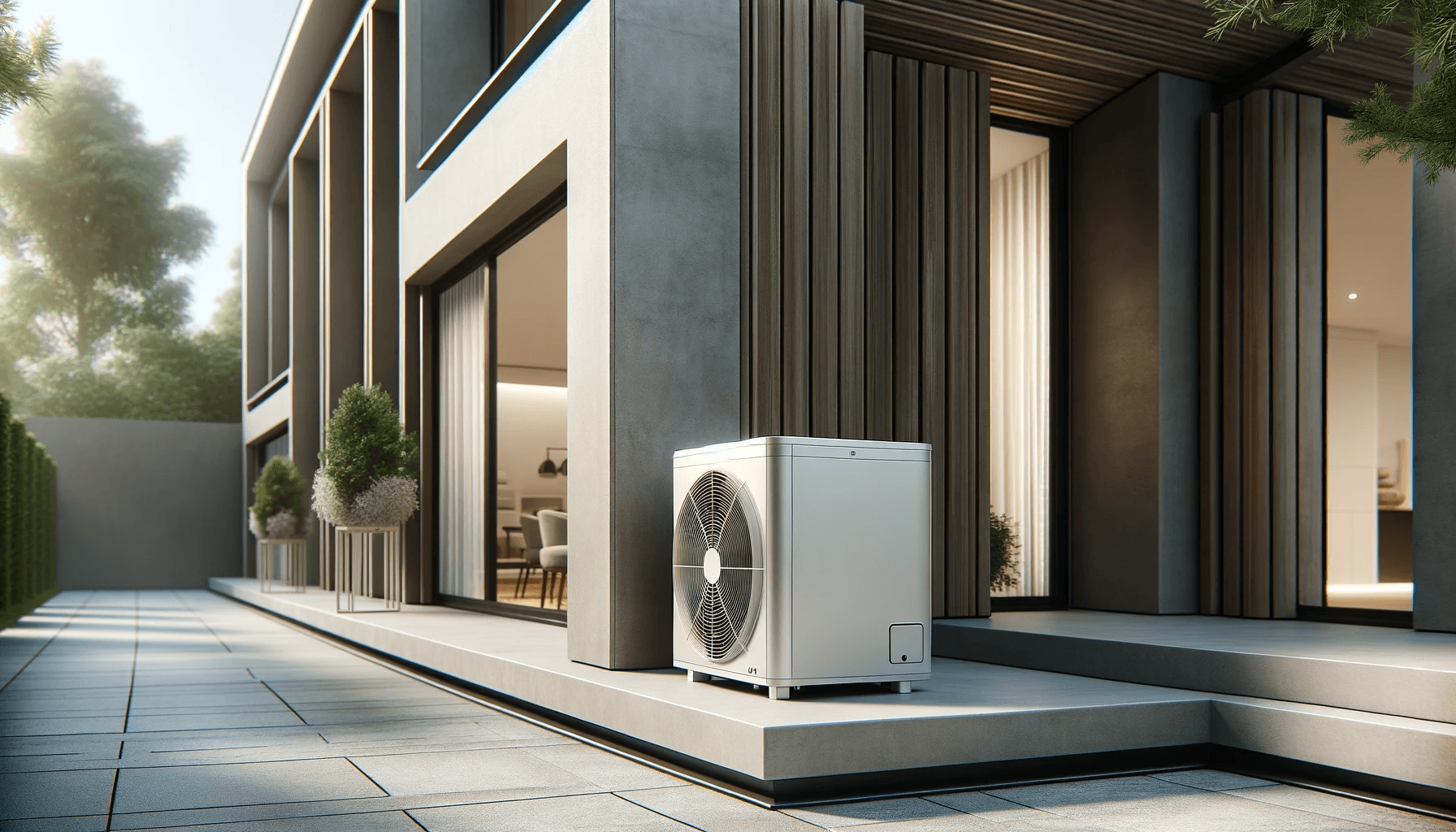- Published on
What are Heat Pumps? A Deep Dive into Modern HVAC Solutions

Introduction
Heat pumps are like the chameleons of the HVAC (heating, ventilating, and air conditioning) world. Imagine a device that can cool your home like an air conditioner in the summer and then, with a flip of a switch, warm it up in the winter, just like a furnace. That's a heat pump for you! It's a versatile, energy-efficient solution for both heating and cooling. But how does this clever device manage to be a jack-of-all-trades? Let's find out.
The Basics: How Does a Heat Pump Work?
An Everyday Analogy
Think of a heat pump as a transporter. Just like a delivery truck that moves goods from one place to another, a heat pump moves heat. In the winter, it's like a delivery truck picking up heat from the chilly outside air and delivering it inside your home. Conversely, in the summer, it switches roles and takes the heat from your home and releases it outdoors, much like returning goods to a warehouse.
Getting Technical
At its core, a heat pump consists of two main components: an outdoor unit and an indoor unit, connected by a system of refrigerant-filled coils. The refrigerant is the key player here – it absorbs and releases heat as it circulates between the indoor and outdoor units. This process involves a few critical steps:
- Evaporation: Inside the indoor coil, the refrigerant absorbs heat from the air and evaporates, turning from a liquid into a vapor.
- Compression: The vapor is then compressed by the heat pump’s compressor, which increases its temperature.
- Condensation: The hot vapor travels to the outdoor coil, where it releases its heat and condenses back into a liquid.
- Expansion: Finally, the refrigerant passes through an expansion valve, cooling it down before it starts the cycle again.
Imagine you're making a cup of hot tea. The tea bag (representing the refrigerant) absorbs the heat from the hot water (the indoor air). As you remove the tea bag and squeeze it (compression), the heat is released. This is similar to how the refrigerant releases heat outdoors. When you dip the tea bag in a new cup of cold water (expansion), it cools down, ready to absorb heat once more.
Advanced Insights: The Efficiency of Heat Pumps
Consider heat pumps as a smart investment strategy. Instead of generating heat, they simply move existing heat from one place to another. This is akin to reallocating assets in a financial portfolio for better returns, rather than spending more money to buy new assets. Heat pumps can be three to four times more efficient than traditional heating methods, making them a financially savvy choice for long-term savings.
The Science Behind the Efficiency
The efficiency of a heat pump is measured by its Coefficient of Performance (COP). This is the ratio of the heat output to the electrical energy input. The higher the COP, the more efficient the heat pump. This efficiency is due to the thermodynamic properties of the refrigerant and the heat pump's ability to leverage the ambient heat available in the environment, whether it's extracting heat from the cold outdoor air or dissipating heat into it.
Conclusion
In essence, heat pumps are the Swiss Army knives of the HVAC world, offering an efficient, versatile solution for heating and cooling. By understanding the science and technology behind them, we can appreciate the ingenuity of this modern marvel and its role in providing sustainable, cost-effective comfort.
Stay tuned for more deep dives into the fascinating world of modern technology!